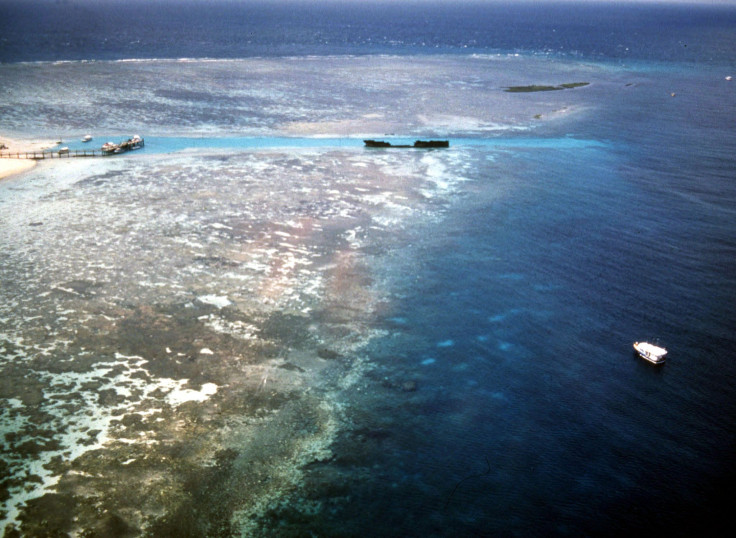Coral-Breeding Program Could Save Australia's Great Barrier Reef

On Nov. 13, the International Union for Conservation of Nature (IUCN) released a report which claimed 62 out of the 241 natural World Heritage sites are at risk, with the coral reefs topping the list. But, recent developments have provided some hope to the scientists as they try to restore the damaged corals.
Scientists are breeding baby coral on Australia’s Great Barrier Reef’s damaged patches. The project, which was a success in the Philippines, could have significance worldwide as it would help restore reefs that were bleached due to warming waters, an effect of global warming.
The lead researcher of the project, professor Peter Harrison from Southern Cross University, collected coral eggs and sperm during the coral spawning of November 2016 from Heron Island’s reef in Australia.
Coral spawning is an annual process where corals release sperm and eggs over several days, according to the Australian Institute of Marine Sciences. This process takes place during full moon. The sperm and eggs float to the surface of the ocean and fertilise. The larvae, thus formed, settle on the reef and create new colonies, which leads to replenishing of coral ecosystems. The spawning cycle is one of the most incredible events in nature. Watch the video here.
It is during this narrow window of opportunity that Harrison collected the eggs and sperm and matured it in tanks. After the larvae were produced, the scientists placed them back onto the reef’s damaged areas and created huge enclosures using mesh curtains. Photographs from tiles that were placed on the curtains to monitor growth proved the larvae survived and were making themselves at home.
"We can grow these corals from microscopic larvae to dinner-plate size, breeding corals in just three years. ... It's a new way of looking at the problem and it's probably the only hope for the future in terms of larger scale restoration using hundreds of millions of coral larvae," professor Harrison said, Australian Broadcasting Corporation (ABC) reported.
The mesh curtains, used to enclose corals, covered 1,076.39 square feet. The next challenge, according to Dr. David Wachenfeld, chief scientist at the Great Barrier Reef Marine Park Authority (GBRMPA), would be to extend the project to several miles of the reef.
“It's not just about having any coral. It's about getting coral big enough to reproduce. ... Then we've really cracked this problem, because we've kickstarted the natural recovery process of the reef," Dr. Wachenfeld said.
Even though the project cannot restore the vast network, which holds more than 3,000 reefs over 132,819 square miles, the scientists hope it will help rebuild the feeder reefs, which supply coral to other areas, thereby supporting the marine ecosystem, ABC reported.
Professor Harrison claims no reef system on the planet was now “healthier than it was 35 years ago.” Dr. Wachenfeld said this was what forced the scientists to look for a solution.
Dr. Wachenfeld said, "In the past, the Marine Park Authority has had a philosophy of basically getting out of nature's way. ... But climate change is really changing that. The reef is battered and bruised. It's more impacted than it's ever been before. ... This is a moment for a reality check about the condition of the reef. But it's also a call to action. This is a time for us to do more and act now to save the Great Barrier Reef," according to ABC.
The Australian government was also ready to back up the project as Federal Environment Minister Josh Frydenberg recently announced AUD 400,000 (USD 304,646) for the research and said funding would be increased based on the success of the project, website News Daily reported. Apart from this, AUD 200,000 was being spent by GBRMPA to select the best sites to roll out the project.
Professor Harrison said another AUD 1-2 million a year would be required to expand the project over the course of next 5-10 years.
© Copyright IBTimes 2024. All rights reserved.





















